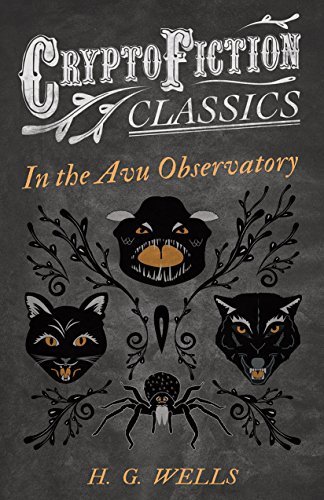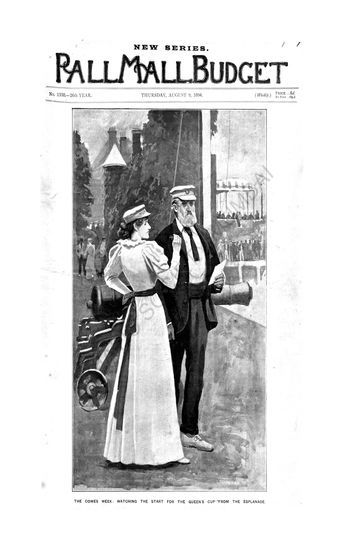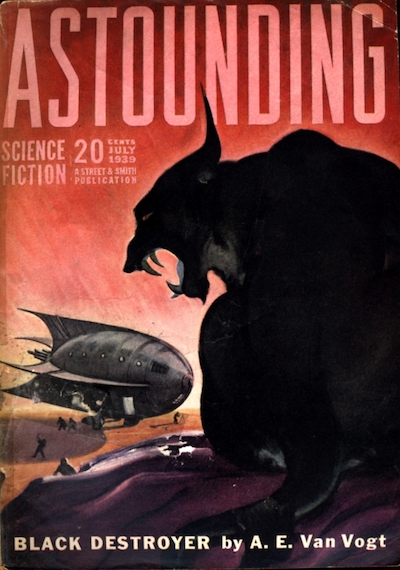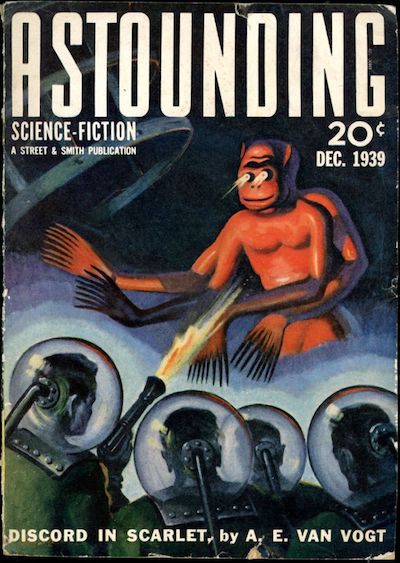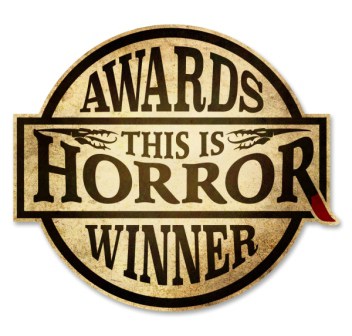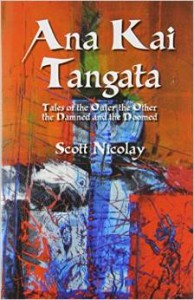 “don’t know if we need all this history, or the whole exquisite corpse thing—just call it ‘spontaneous collaboration’ or something?”
“don’t know if we need all this history, or the whole exquisite corpse thing—just call it ‘spontaneous collaboration’ or something?”
—Gemma Files and Stephen J. Barringer
“each thing i show you is a piece of my death”
“Many miles away something crawls to the surface…”
—The Police
“Synchronicity II”
Please visit Michael Bukowski’s blog to see his artistic interpretation here.
If you are reading this at home, please join Michael Bukowski and me in a simple collective experiment…a “spontaneous collaboration,” if you will. Walk over to your nearest bookshelf (or reach over—as long as I am in my own house, at least one bookshelf is nearly always within reach) and pick out the book on that shelf you have had the longest. How much has it aged since the first time you held it? How much have you? How much smaller in relation to your hands is it since that time? Do you remember how that book came into your possession? Was it a gift—perhaps from a former lover or a now-deceased loved one? Was it one of the first books you ever bought with your own carefully saved money—perhaps even the very first such (and if not, do you still have that first one)? Was it a special discovery you made in some funky-musty used bookstore that you visited only once during a particularly memorable and life-changing journey? Maybe you found it—in the street, in a pub, or in an empty classroom, where it sat in the corner for several weeks, unclaimed, before you finally decided it that it was better off with you and stuffed it hastily into your pack. Perhaps you stole it (exactly how many books have you stolen? Send us a letter, we won’t tell…operators are standing by).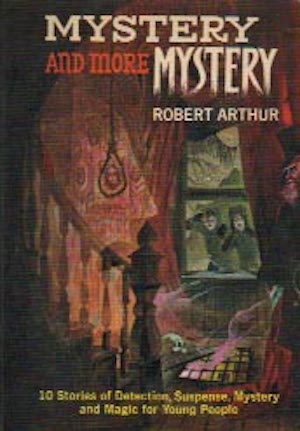
How vivid and extensive a network of associations does that book evoke when you hold it in your hands? When you open it, do you suddenly “see some wasps caught in a sunbeam, smell cherries resting on the table”? Or do you have no idea how that book came to stand on your shelves, know only that you have had it for longer than you can clearly remember?
Now look at all the books on that particular shelf. Run your eyes over the spines and for each one ask yourself whether you remember when and where it became your own. How many associations are on that shelf? With how many people, places, events, and times are you entangled through those two or three dozen titles. How many of those connections are far removed now in space and time, how many gone forever, how many ghosts? How much sadness? How much joy? Conversely, how many books are on that shelf whose origins remain complete blanks to you, as if they leapt into existence and into your home ex nihilo?
Two of the oldest books on my shelf are a matched set: The Windward Books editions of Ghosts and More Ghosts and Mystery and More Mystery, both by Robert [A.] Arthur [Jr.] (November 10, 1909 – May 2, 1969). I am certain I have had this pair of volumes since the early seventies…but I can’t say for sure where or how I acquired them. Most likely they were a gift from my parents, possibly for Christmas or my birthday. Continue reading
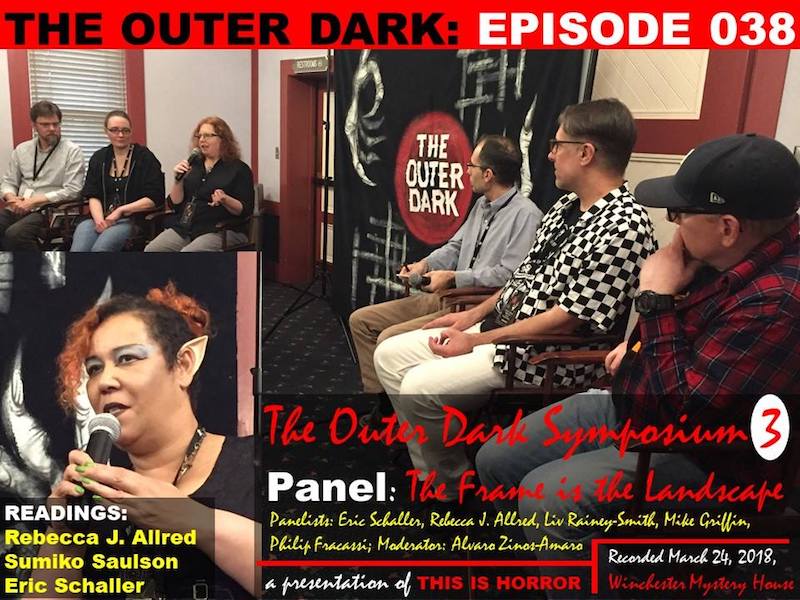 In this podcast The Outer Dark presents the third installment of The Outer Dark Symposium on the Greater Weird 2018 including ‘The Frame is the Landscape’ panel, moderated by Alvaro Zinos-Amaro and featuring Philip Fracassi, Rebecca J Allred, Michael Griffin, Liv Rainey-Smith, Eric Schaller, plus Readings by Eric Schaller, Rebecca J. Allred and Sumiko Saulson. These segments were recorded live on Saturday March 24 at the Winchester Mystery House in San Jose, California. Find out more and listen here.
In this podcast The Outer Dark presents the third installment of The Outer Dark Symposium on the Greater Weird 2018 including ‘The Frame is the Landscape’ panel, moderated by Alvaro Zinos-Amaro and featuring Philip Fracassi, Rebecca J Allred, Michael Griffin, Liv Rainey-Smith, Eric Schaller, plus Readings by Eric Schaller, Rebecca J. Allred and Sumiko Saulson. These segments were recorded live on Saturday March 24 at the Winchester Mystery House in San Jose, California. Find out more and listen here.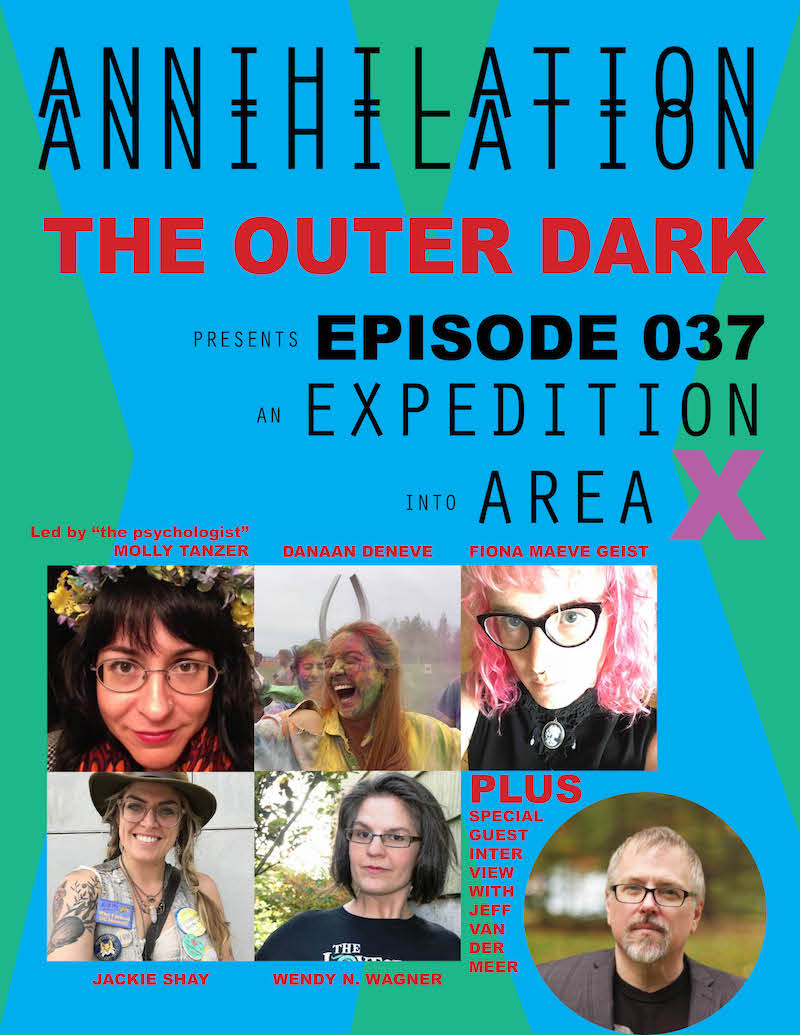 In this podcast The Outer Dark presents an all-female expedition to Area X to explore the movie and novel of Annihilation led by Molly Tanzer and featuring Danaan DeNeve, Fiona Maeve Geist, Jackie Shay, and Wendy N. Wagner. Plus a special guest interview with author Jeff VanderMeer. Find out more and listen here.
In this podcast The Outer Dark presents an all-female expedition to Area X to explore the movie and novel of Annihilation led by Molly Tanzer and featuring Danaan DeNeve, Fiona Maeve Geist, Jackie Shay, and Wendy N. Wagner. Plus a special guest interview with author Jeff VanderMeer. Find out more and listen here.